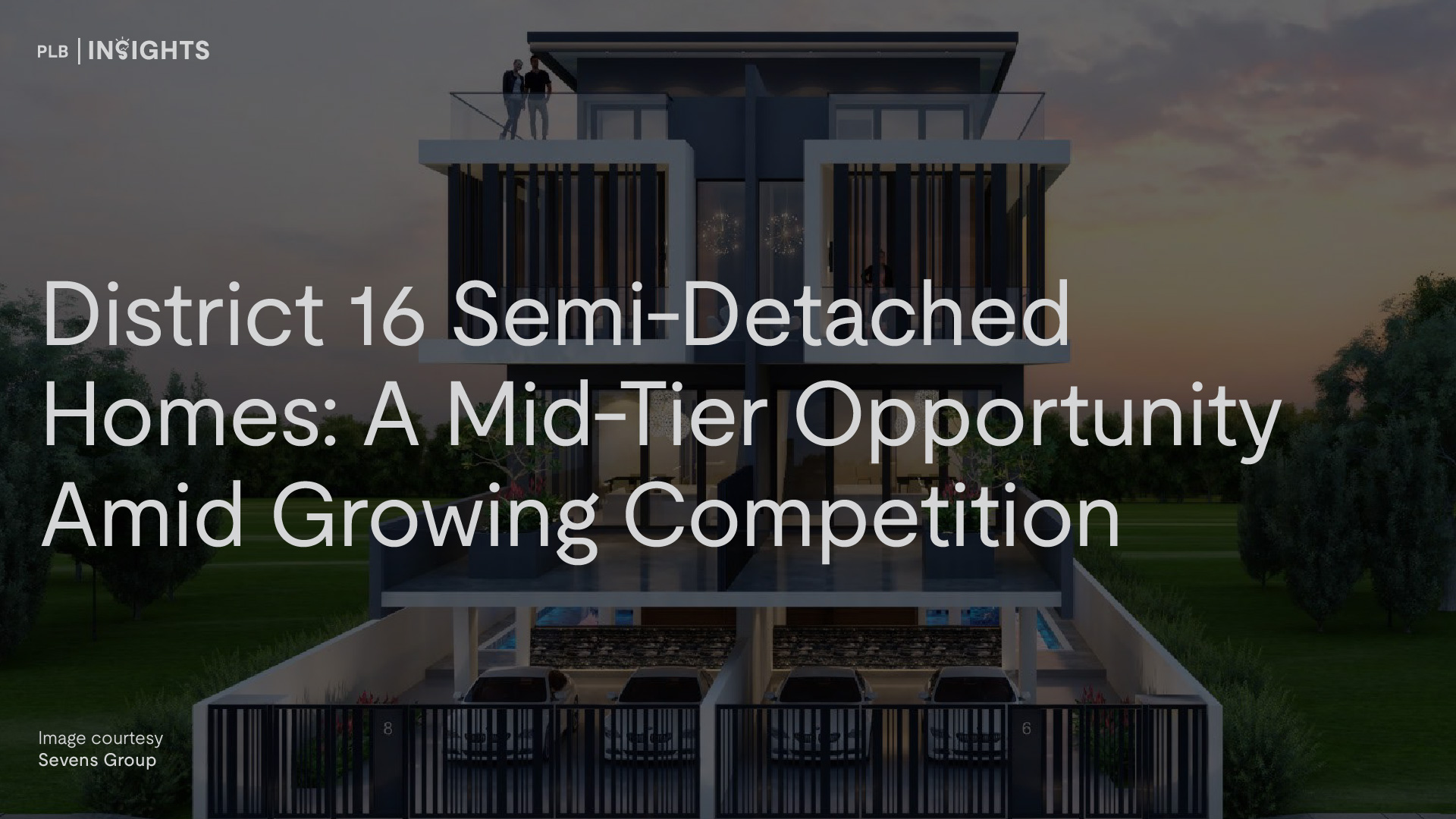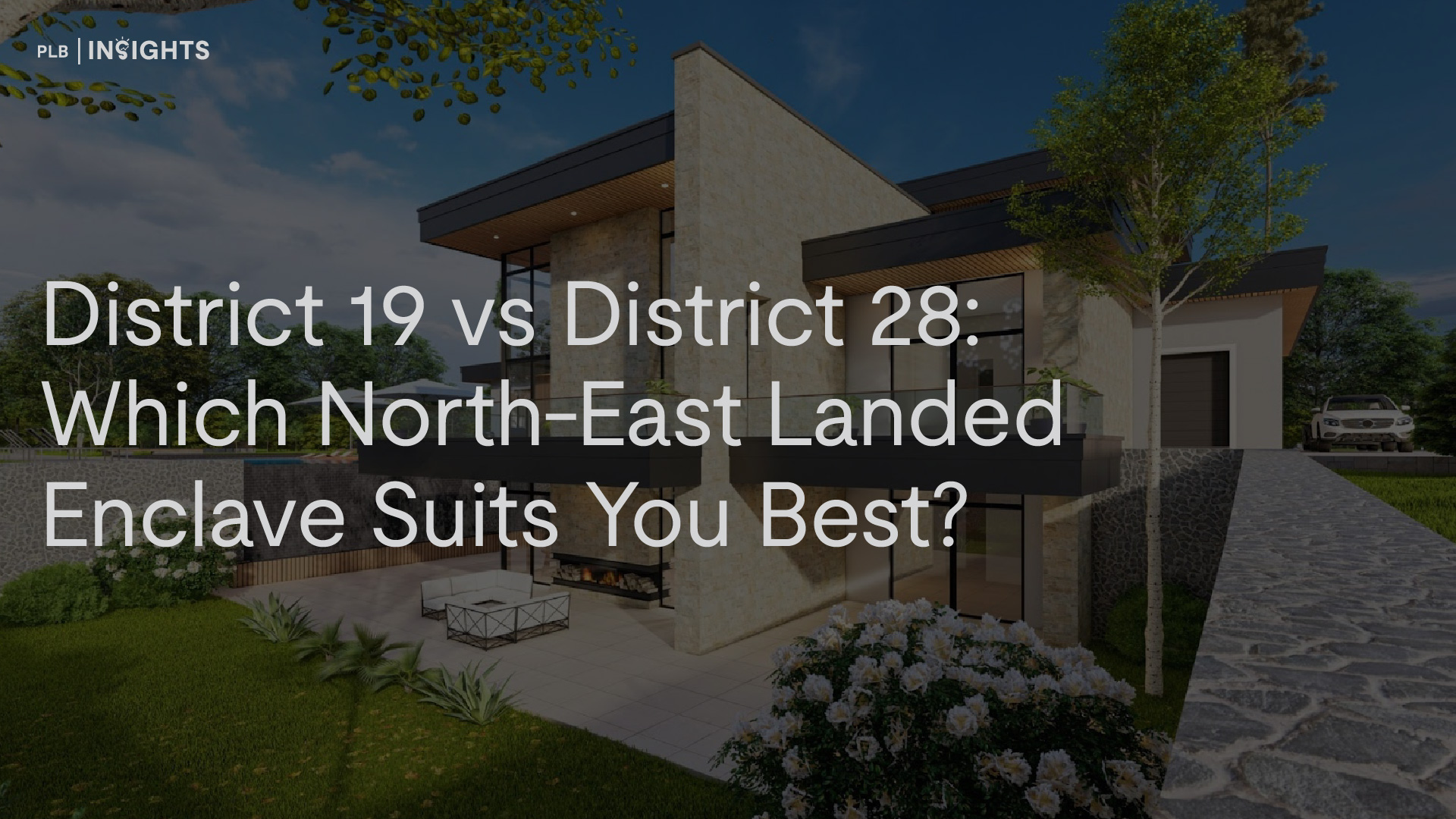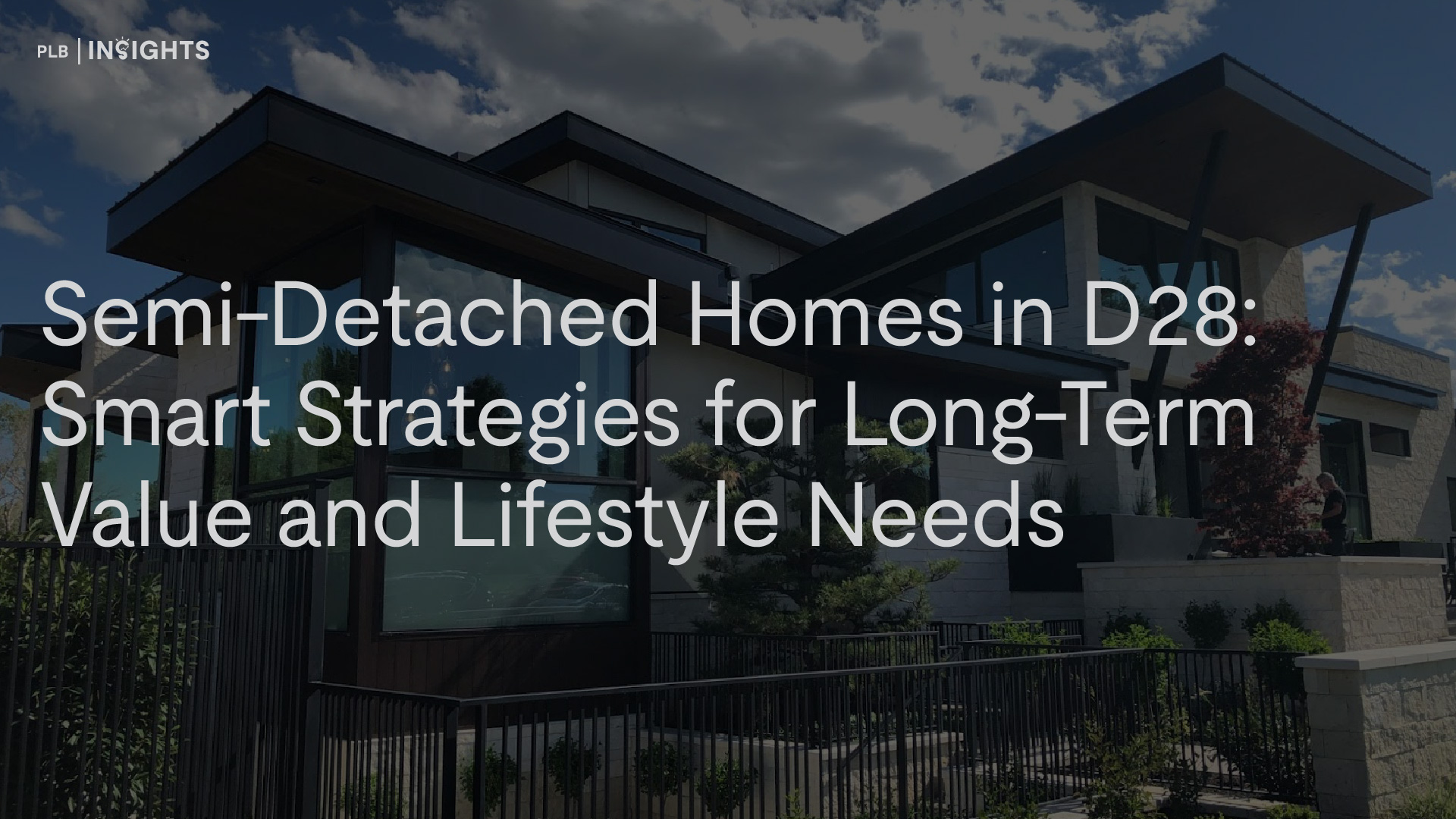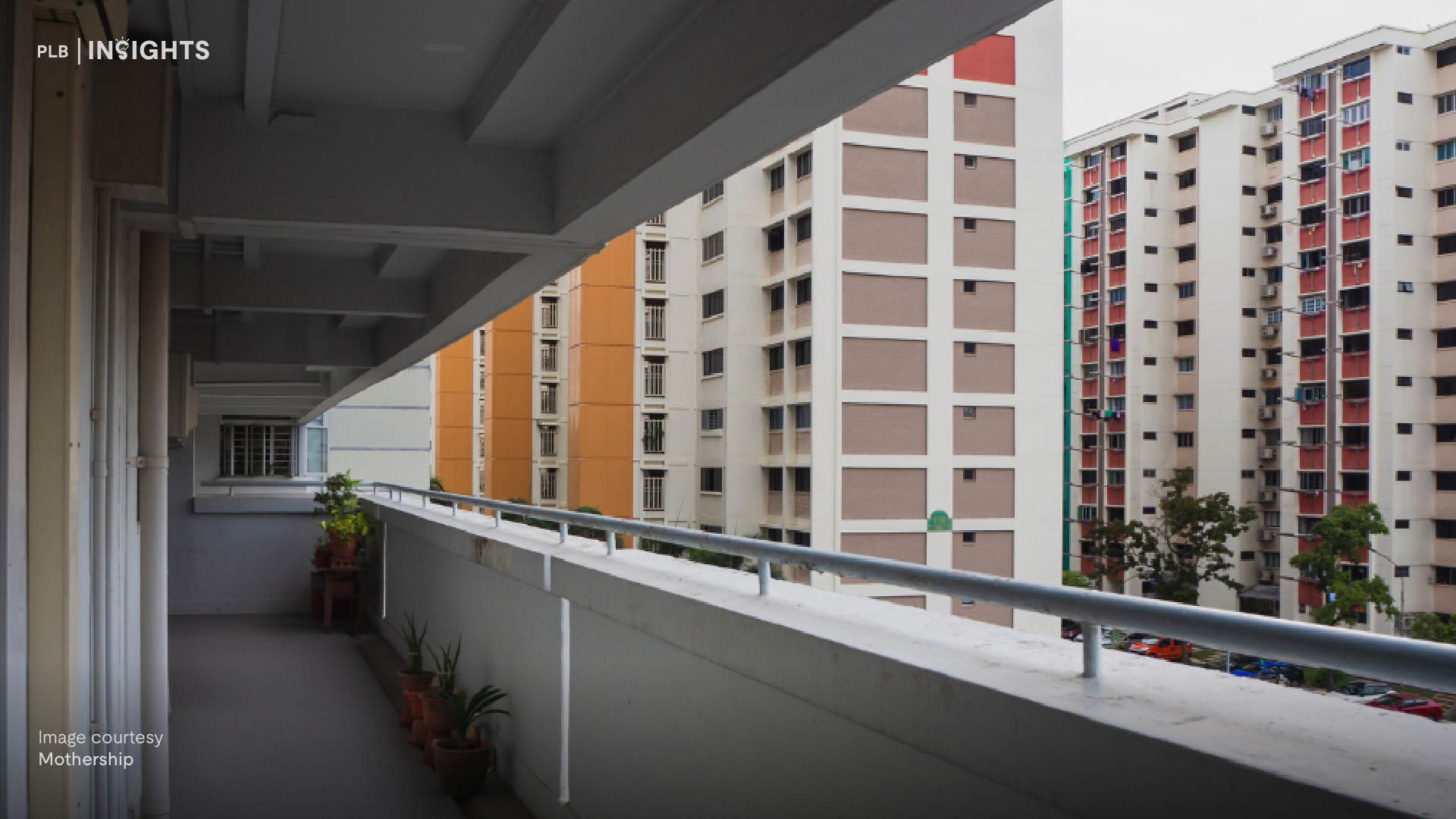Executive Condominiums (ECs) were supposed to be that perfect middle ground — designed for Singapore’s “sandwich class”. Basically, folks earning just above the BTO income ceiling, but not quite at the level where private property makes sense. It was meant to be a stepping stone.
But here we are in 2025, and with each new EC launch, the question becomes harder to ignore: are ECs still fulfilling their role, or have they quietly priced out the very demographic they were created for?
Let’s unpack this — with actual numbers, policy context, and a recent real-life example.
Price Growth Between 2014 And 2025
Between 2014 and 2025, the average PSF price for ECs rose from $792 to $1,621, marking a 105% increase over the 11-year period.
While prices remained relatively stable from 2014 to 2016, momentum picked up from 2018 onwards, with notable year-on-year growth.
In recent years, price increases have become more pronounced — including a 14% jump in 2022, followed by 8% in 2024, and 17% in 2025.
This upward trend reflects rising land and construction costs, as well as evolving buyer expectations. That said, it also suggests that it may be timely to review existing affordability benchmarks, such as income ceilings and financing rules, to ensure they continue to align with current market dynamics.
Case Study: Aurelle at Tampines
One of the biggest EC launches in recent memory is Aurelle at Tampines, launched by Sim Lian in March 2025.
And here’s the thing — those prices are beyond what the average EC-eligible $16,000 monthly income household can comfortably afford.
Let’s do the math.
With the $16,000 income ceiling, the max monthly mortgage you can service (under the 30% MSR rule) is $4,800.
At 4% interest over 25 years, that lets you borrow up to ~$910,000. Because ECs follow a 75% LTV rule, the most you can pay for a unit is ~$1.21 million.
But Aurelle’s 3-bedders? Start at $1.417 million — and 4-bedders are nearly $1.7 million. That’s a $200k–$500k gap, and it’s not a small problem.
So the obvious question is: If ECs are meant for those earning under $16k, but prices now require an income of $18k–$22k to service the loan… who are we really building ECs for?
So… Why Is This Happening?
First, land prices have been climbing aggressively. Developers are placing high bids to secure EC land plots, and this cost inevitably gets passed on to buyers. Take Aurelle at Tampines, for example — the land was acquired at around $721 psf ppr, one of the highest ever for an EC site. When land costs spike like this, developers are left with little room to price units affordably while maintaining a healthy margin.
On top of that, construction costs have surged in the post-COVID environment. Inflation, higher labour costs, and supply chain disruptions have all driven up the cost of building. These increases aren’t unique to ECs, of course — they’re hitting every segment of the property market — but because ECs are supposed to remain affordable, this squeeze is more keenly felt.
Then there’s the fact that today’s ECs are simply not what they used to be. A decade ago, ECs were more basic — practical layouts, modest finishes, no-frills amenities. But buyer expectations have changed. Now, ECs often come with full-fledged condo facilities, smart home systems, and modern interiors that wouldn’t look out of place in a mass-market private condo. Developers have responded accordingly — but naturally, that pushes prices up further.
And finally, we have the issue of demand. Despite rising prices, ECs are still being snapped up quickly — 90% sold on launch day is a strong signal. But is it sustainable? A closer look suggests that many buyers are getting financial help from parents, using proceeds from profitable HDB sales, or stretching themselves with creative loan structures. If the typical buyer now needs external support or is taking on more debt than before just to qualify, we have to ask — is the EC model still working as it was intended to?
This combination of high land prices, rising construction costs, elevated product expectations, and buyer dependence on external financial support points to a structural issue. And if we don’t recalibrate the system soon, ECs might drift further away from the middle-class housing solution they were originally meant to be.
If ECs Are Now Too Expensive for the Middle Class… Then Perhaps Policy Needs to Shift
ECs were never meant to feel like private condos in pricing — but that’s where we are. With ECs like Aurelle at Tampines crossing $1,700 psf and needing household incomes above $18k–$20k just to clear loan criteria, we’ve hit a somewhat a policy mismatch.
Here are two policy levers that could meaningfully restore affordability — without breaking the market.
Option 1: Raise the $16,000 Income Ceiling to Match the Times
Let’s be honest — the $16,000 income ceiling hasn’t changed since 2019, while EC prices have jumped more than 50% since 2021. In today’s economy, many dual-income households — especially younger PMET couples — are hitting or exceeding that number. So when a couple earning $8,500 each (which isn’t unusual anymore) is disqualified from buying an EC, something is clearly off.
What’s changed:
Households earning $16k can’t afford a 3-bed EC that costs $1.4M and up, thanks to MSR constraints.
Yet households earning more than $16k — who can afford such units — are barred from buying ECs altogether.
A straightforward fix:
Raise the income ceiling to $18,000.
This adjustment is long overdue. It allows policy to catch up with wage growth, inflation, and rising property prices — without having to complicate things with income tiers or eligibility filters.
Additional considerations:
Policymakers can still monitor impact on demand, and consider adjusting CPF grant levels or EC supply if the market gets overheated.
Income ceilings can be reviewed every 3–5 years — the same way BTO income ceilings are — to reflect market shifts more accurately.
This move doesn’t distort the EC model. It just updates the access point for middle-income Singaporeans, who have quietly outgrown outdated policy limits.
Option 2: Calibrate MSR Rules to Support Genuine Middle-Income Buyers
The 30% MSR cap — which limits how much of your monthly income can go toward mortgage repayments — was designed to promote financial prudence. But right now, it’s unintentionally locking out buyers who can technically afford ECs, but don’t qualify for the loan they need to get there. This is very true especially for first-time buyers.
A targeted solution:
Raise the MSR cap to 35% — but only for households earning $14,000 and below.
This keeps the financing framework tight for higher-income buyers (to avoid inflating prices further), while giving true-blue middle-income families more headroom to borrow responsibly.
Safeguards to keep it sound:
This gives practical breathing room to the very demographic ECs were built for — without opening the floodgates.
EC Affordability Comparison: Aurelle at Tampines
Final Take: A Policy Recalibration May Be Needed
Right now, we’re still trying to regulate ECs using rules that were made for 2015 prices — but we’re living in a 2025 market.
That’s a decade of income growth, inflation, and rising homebuyer expectations that policy hasn’t really caught up with.
If EC prices today require a household income of over $18,000 just to meet the 30% MSR cap, and most genuine buyers either exceed the current $16,000 income ceiling or need help from their parents just to make it work, then it’s pretty clear the system is out of sync with how people are actually living and buying today.
And if ECs are to remain relevant — not just popular or oversubscribed — then the framework needs an update. One that reflects realistic household earnings, acknowledges changing buyer profiles (like dual-income PMETs in their 30s), and enforces a pricing structure that is actually sustainable for the demographic ECs were originally meant to serve.
The two proposals laid out above — whether it’s updating the income ceiling or tweaking the MSR — aren’t silver bullets on their own. But they represent possible options or policy shifts that could respond to the changing signals in the EC market.

Conclusion
Aurelle’s blockbuster sales show that demand is strong — but the price point now feels more “entry-level private condo” than middle-class stepping stone.
If the average dual-income couple earning under $16k can’t buy a typical 3-bedroom EC without parental help or financial acrobatics, it’s time to ask: Are ECs still doing what they’re supposed to?
And if the answer is no — then maybe it’s time for policymakers to tweak the rules. Because Singapore’s housing model has always been about balance, and right now, the EC segment feels like it’s losing that.
Stay Updated and Let’s Get In Touch
Questions? Do not hesitate to reach out to us!
Disclaimer: Information provided on this website is general in nature and does not constitute financial advice
PropertyLimBrothers will endeavour to update the website as needed. However, information may change without notice and we do not guarantee the accuracy of information on the website, including information provided by third parties, at any particular time. While every effort has been made that the information provided is accurate, individuals must not rely on this information to make a financial or investment decision. Before making any, we recommend you consult a financial planner or your bank to take into account your particular financial situation and individual needs. PropertyLimBrothers does not give any warranty as to the accuracy, reliability or completeness of information which is contained in this website. Except insofar as any liability under statute cannot be executed, PropertyLimBrothers, its employees do not accept any liability for any error or omission on this website or for any resulting loss or damage suffered by the recipient or any other person.








